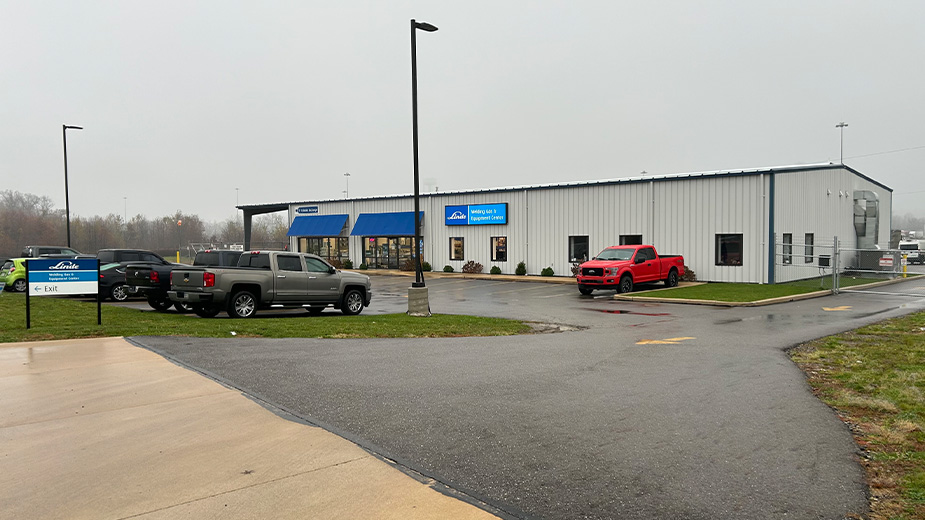Oil and Gas Update: Traps for the Unwary
By Nils P. Johnson Jr.
Johnson & Johnson Law Firm
YOUNGSTOWN, Ohio – A dozen years ago Chesapeake Energy (CHK), fresh from a successful drilling program in the Barnet shale in Texas, launched a massive oil and gas leasing program in Jefferson and Columbiana counties in Ohio. Chesapeake’s targets were two Ordovician Age shales known as the Point Pleasant and the Utica.
Enjoying success with its first horizontal wells, CHK expanded its leasing efforts north into Mahoning County, west into Carroll County and down into other river counties to the south. Other drillers were attracted to Ohio such as Hilcorp, Ascent, Rice, Antero and Gulfport. Lease signing bonuses reached $5,000 an acre.
The Utica/Point Pleasant shales sit in an ancient shallow sea basin, which is shallower to the west and at increasing depths to the east. The deeper organic compounds are buried, the greater the pressure upon them and thus the faster they get transformed into usable products.
What starts as bitumen is transformed over millions of years, first into petroleum, and then with further “cooking,” into wet natural gas and eventually into the driest form of gas, pure methane. This process created transitional zones across the basin, with oil to the west, wet gas in the middle and fully cooked, dry gas in the east.
CHK’s first wells targeted the eastern, dry gas side of the play. It then worked its way west and finally ran into wet gas and oilier wells as it moved into the middle of Carroll County. (At this point oil prices tumbled and the play slowed down.)
The kind of wells targeted depends upon the current price of a particular hydrocarbon. So if oil is up and gas is down, oil wells are favored and vice versa.
Shales are fine-grained, extremely tight rocks with low porosity and permeability. To allow the hydrocarbons within them to flow out, it is necessary to hydraulically fracture them by injecting water under extreme pressure.
Sand is then added to the liquid stream so that when fractures are created the sand props them open so oil and gas can come out.
Other additives are added to the fluids that prevent the clays in the formation from swelling and shutting off the passageways created by the “frac” job. The proprietary formulas companies use for their frac jobs tend to improve over time.
In the early 2010s, Chesapeake experimented with the way it drilled and completed its wells. Initially the laterals were about 6,000 feet long and were stage-fracked every 500 to 600 feet.
Fast forward to 2024 and laterals now approach four miles and are fracked every 250 to 300 feet. The result is that wells now are much more productive, with western Carroll and Columbiana County ones turning on at from 400 to 800 barrels of oil and 5,000 mcfs of gas a day. With oil approaching $80, this has resulted in a second drilling boom on the western side of the play.
Landowners need to understand some things about oil and gas leases as they are being revisited by petroleum landmen trying to get them to sign papers for round two.
An oil and gas lease has a two-part term. Typically, there is an option period, often five years, during which a driller can make a choice to drill or not.
If a well is drilled and production is achieved, then the lease continues indefinitely. In effect, in the typical lease formulation, “as long as oil or gas, or the constituents of either are produced in paying quantities in the judgment of the lessee.”
When the price of natural gas was deregulated in the late 1970s, a great many shallow Clinton sandstone wells were drilled in Ohio.
If those wells continue to produce in “paying quantities,” then the leases, which hold both shallow and deep drilling rights, continue in effect. The operators/lessee get of adequately productive Clinton wells sell their lease deep shale rights to the large shale players.
As suggested, an oil and gas lease can lapse 1) where the lease has stopped producing in paying quantities, or 2) because all wells on the leased wells were shut in for long periods of time and, thus, were not “produced” at all.
Petroleum landmen these days are visiting landowners to get them to sign lease ratifications or amendments so that a lapsed lease can be revivified.
Landowners, take notice!
If an old lease has gone out of effect, then the landowner is free to sign a new one and a new lease means an increased landowner royalty from 12.5% to 18% or more, along with a fresh signing bonus of thousands of dollars an acre.
Where a mineral owner remains bound by an old lease, he/she should be aware that such leases typically provide only for drilling units of up to 160 acres.
Currently operators can drill up to a dozen four-mile laterals from a single well pad and drilling units can be several thousand acres. This means a driller will have to approach the lessor of an old lease to renegotiate things, giving the landowner the leverage to ask for better terms.
Two warm winters have crushed the price of natural gas while the oil price remains robust.
Therefore, if you own land on the western, oily side of the play, if a landman knocks on your door, don’t go it alone. Consult with an experienced oil and gas attorney. As just discussed, there are a lot of tricks in the oil and gas business.
Pictured at top: The Shell Polymers Monaca plant sits on 800 acres along the Ohio River.
Copyright 2024 The Business Journal, Youngstown, Ohio.



